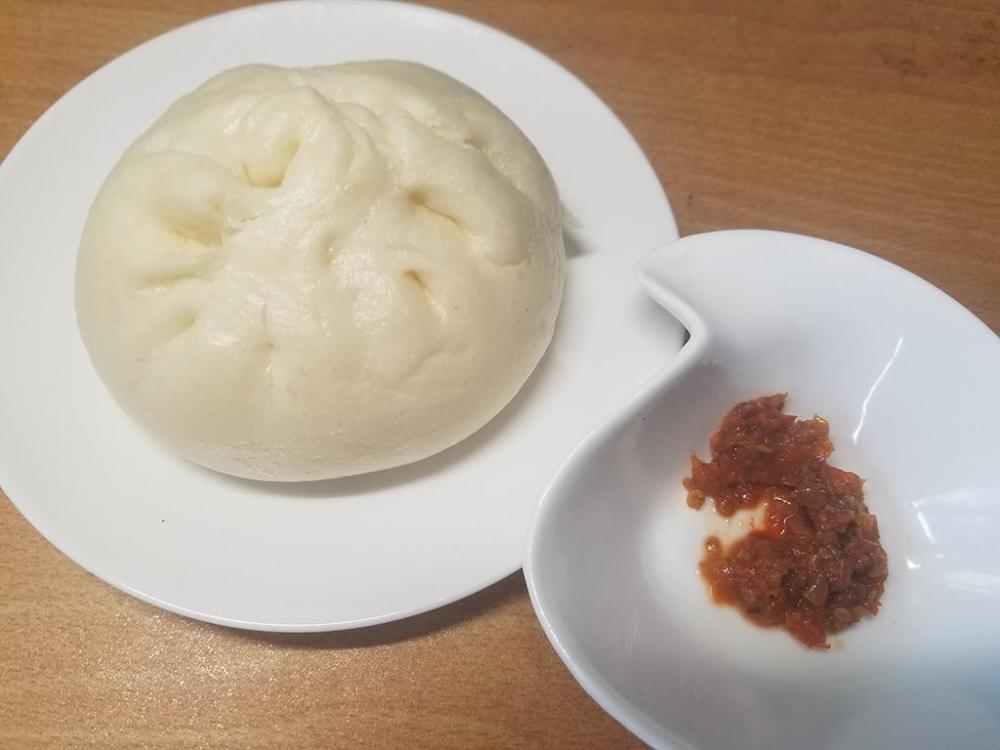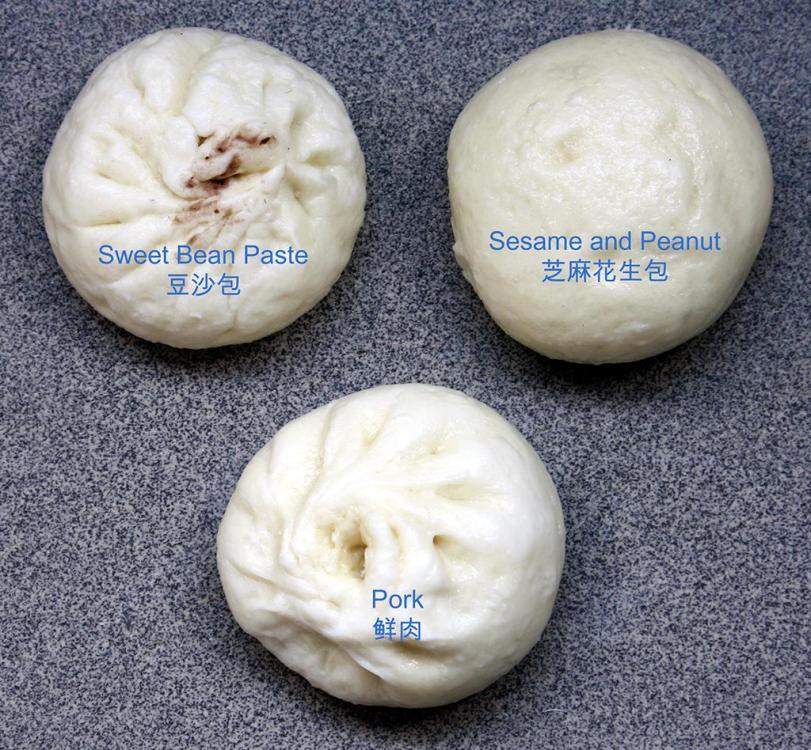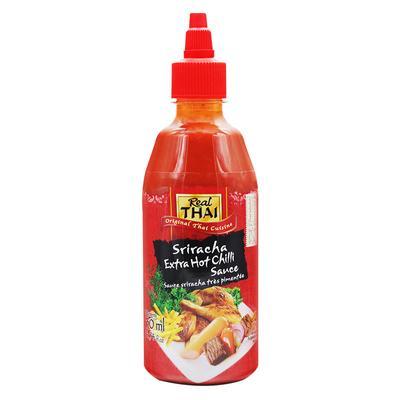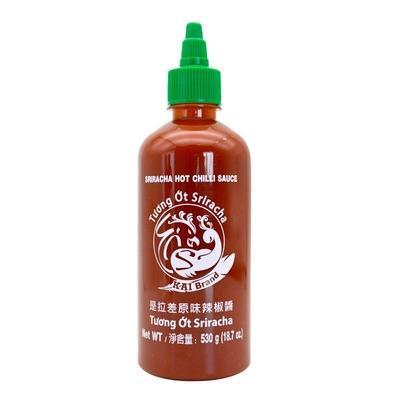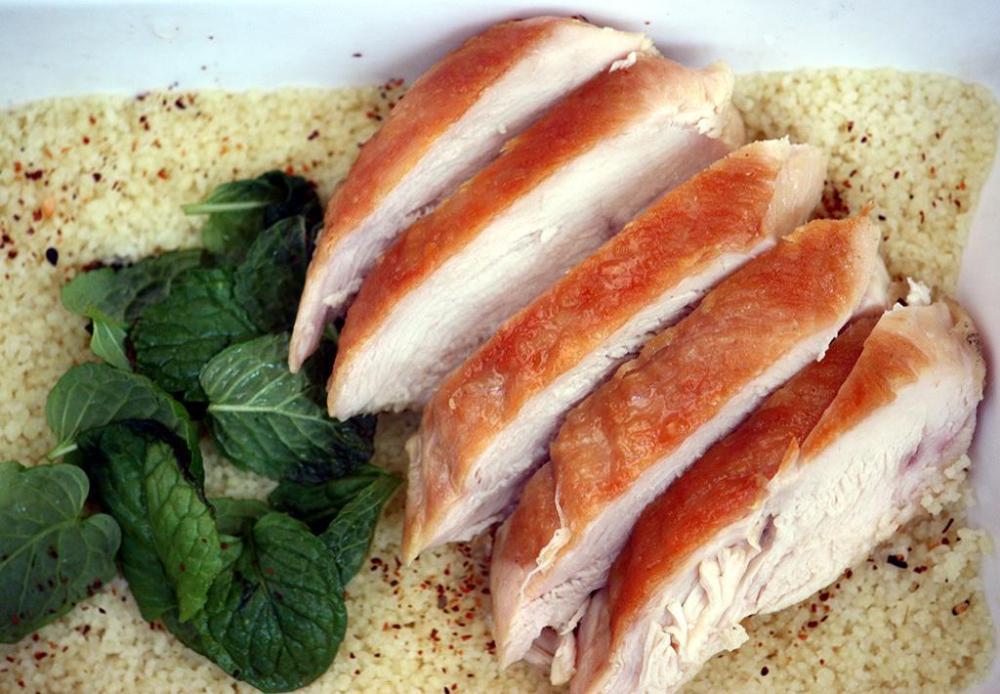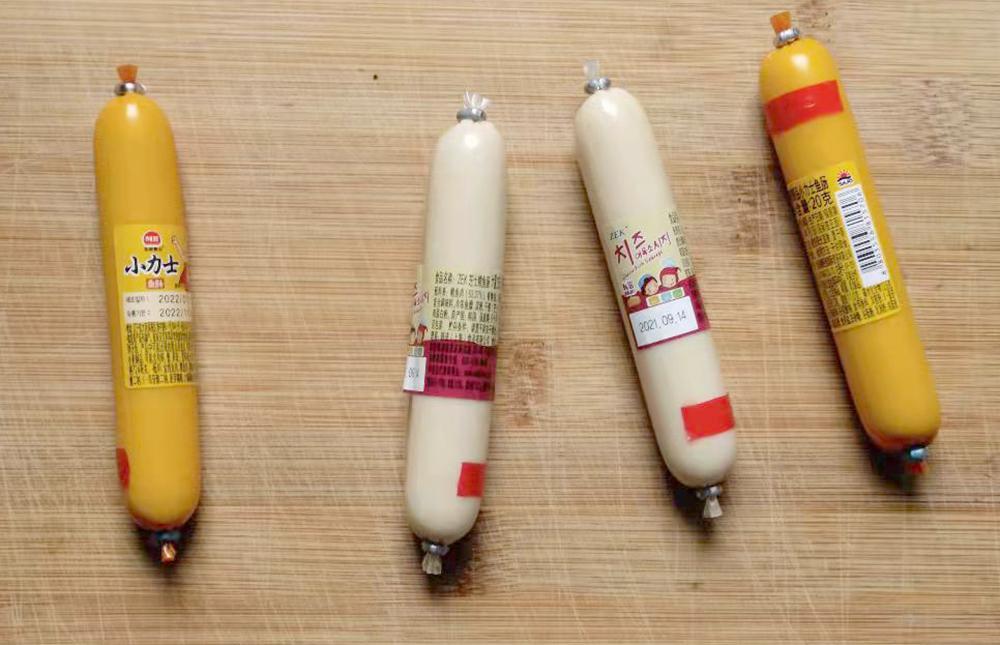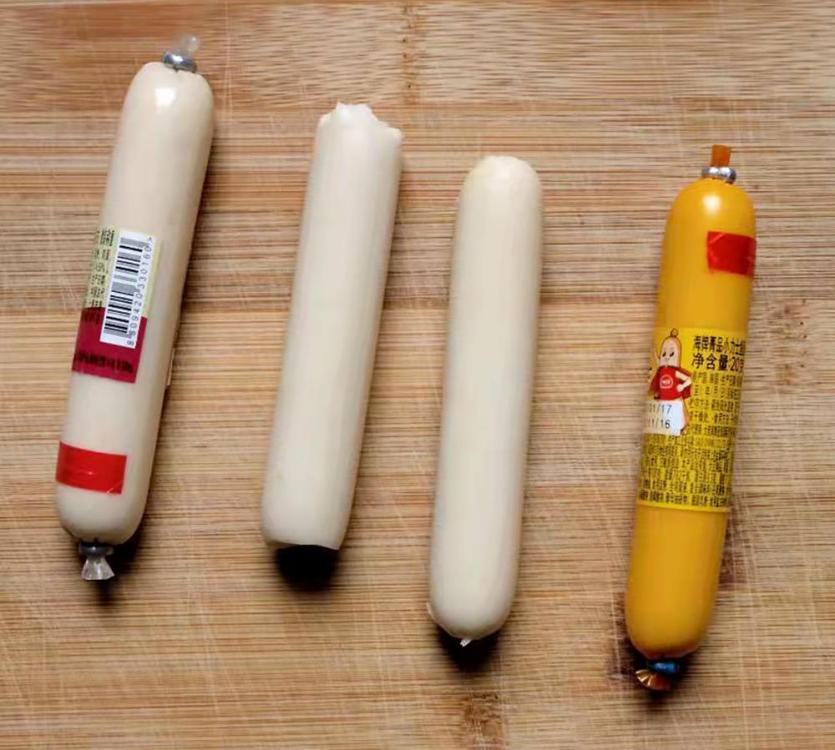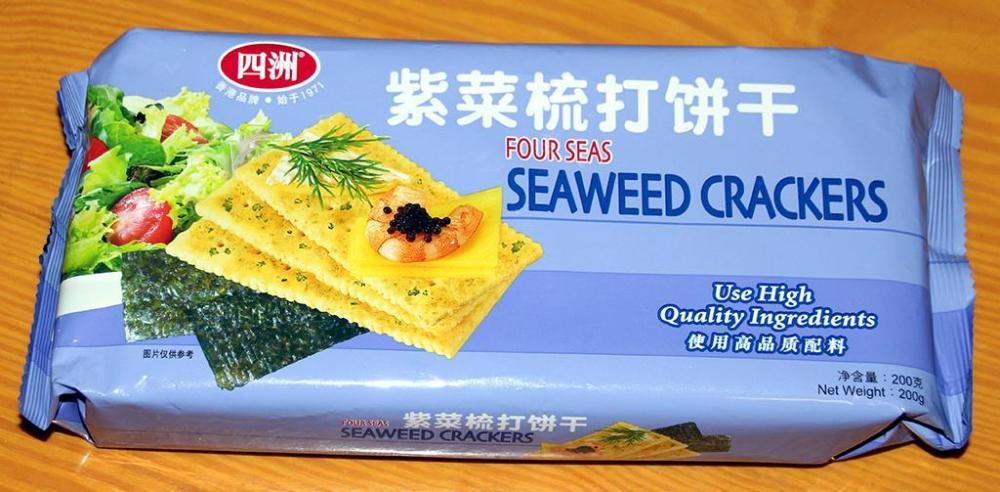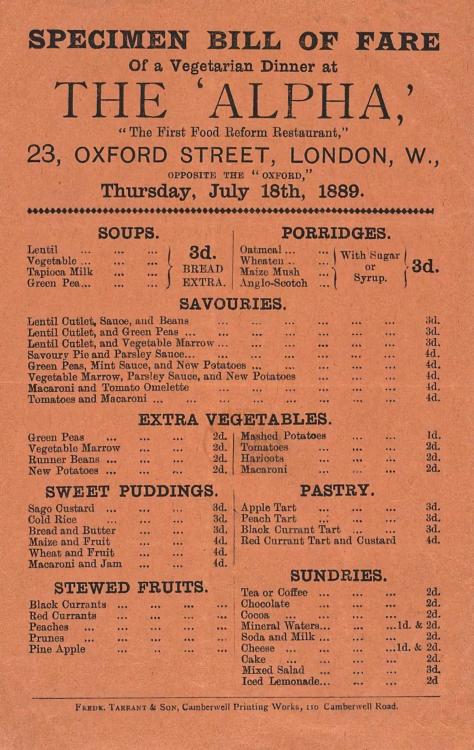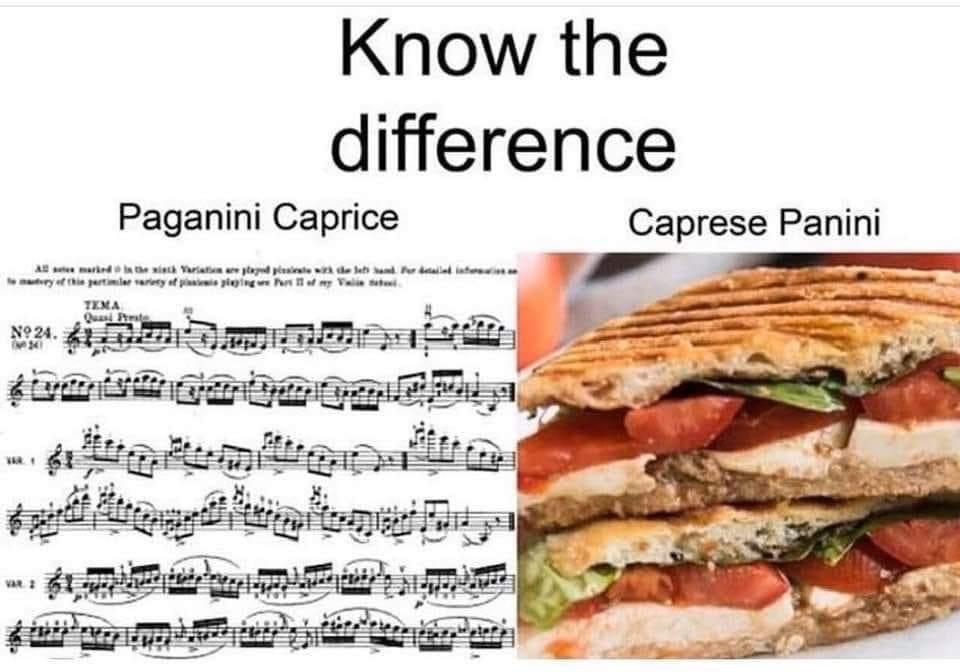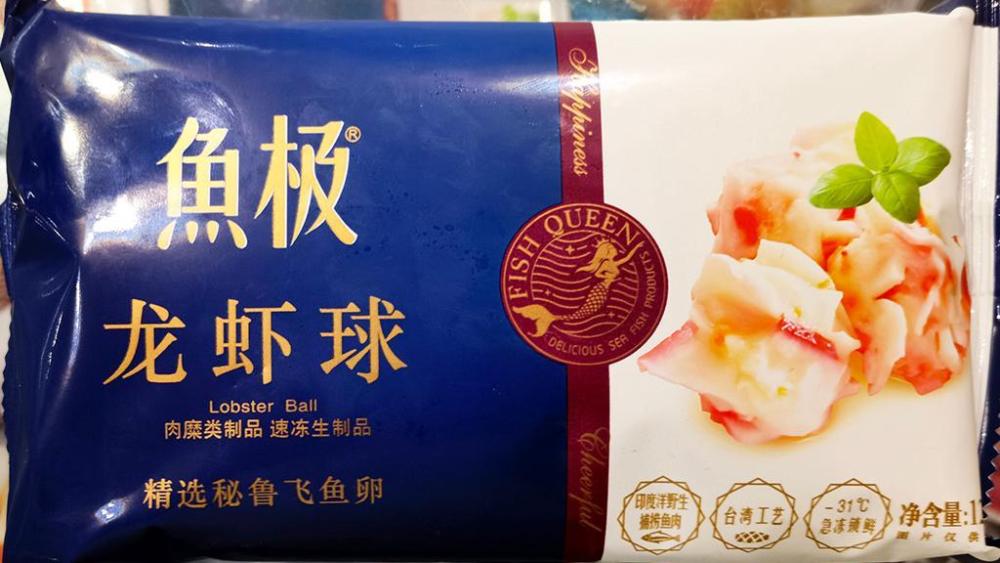-
Posts
16,666 -
Joined
-
Last visited
Content Type
Profiles
Forums
Store
Help Articles
Everything posted by liuzhou
-
-
Here is my summary translation of the recipe for baozi dough in a Chinese language cookbook. As ever with these cookbooks, they do assume a bit of prior knowledge. Dough Ingredients Flour 250 grams ter 135 grams Instant Yeast 3 grams White Sugar 10 grams Vegetable Oil 1 Small Spoon Mix all the ingredients for the dough and form into a soft ball. Place in a bowl, cover and leave in a warm place until it doubles in size. In the meantime, prepare your filling of choice. Take the double-sized dough, punch out the air and knead thoroughly. Roll out and cut into even bun-sized pieces. Roll each out into circles, making them thicker in the centre and thinner at the edges*. Press the wrappers to together and twist at the top, making sure they are fully sealed. Do not overfill. Place into a lined steamer basket above a pot of water and cover with a lid, but do not apply heat yet. Leave the buns there 15 minutes to rest. Turn heat to high. When the water is boiling, reduce heat to medium and steam for 15 minutes. Turn off heat, but do not remove the lid until five minutes later. Serve. * Chinese stores sell special tapered rolling pins to make this easier, but they are not essential. Here are some guide pictures to give an idea of sizes. Pics 1, 5 and 6 are of the dough.
-
Baozi are not stuffed mantou. Both are steamed, yes. Otherwise ...
-
I do have a Chinese language cookbook aimed at home cooks. It has nine variations. I'll translate / paraphrase the basics of the bun and leave the filling up to you. Give me till tomorrow.
-
I'm not surprised. They aren't really a restaurant dish. I don't recall seeing them in a restaurant here in China, either. Most are home made or sold from steamed breakfast street food snack joints, to go. They are also sold frozen in supermarkets. I don't have a recipe in English other than the one in my head, sorry. Also, remember that they come with many different fillings. The ones I make most often contain pork and shiitake, but that's just my preference. Here are just three.
-
No. It is Thai. It is imported via Vietnam, though, hence the Vietnamese on the label. I think it's imported from Vietnam just because Vietnam is nearer! The store I buy it from has a lot of stuff imported via Vietnam, but originating from all over SE Asia. Is the "Real Thai" brand available in the USA? It's pretty good.
-
Yes. From Thailand. The popular American brand was invented in America by Vietnamese immigrants, as I recall. People in Sriracha say it's very different. I can't comment; I've only ever had the real stuff. I am currently using this one.
-
Chickens round here are small. I just returned from a local supermarket. All their birds were around 2 lb and that includes feet and heads. Living on my own, that suits me just fine. I can get slightly larger birds (maybe up to 3 lbs) from the markets, but rarely do. For soup, I often buy silkie (乌骨鸡 (wū gǔ jī) - black bone chicken) and they are about 2 lb as well.
-
-
Another horror story is these. If you agree that fish and cheese make a diabolical pairing, then look away. In fact, even if you disagreee, it might be best to look away, anyway. The two in the centre are labelled as 'Fish and Cheese Sausages". The fish is line-caught surimi from unpolluted crystal clear waters in a secret exotic location, The cheese is well-matured, artisan, industrial paste. They are marketed at children and idiots. The other two wrapped in the yellowish condoms are just the fish. In fact both sausages are the same color - a delicately subtle shade of vacuity. The slightly smaller one is the fish and cheese.
-
What is?
-
I understand that, but I cook rice almost everday - sometimes more than once. One that I use when it's just me eating (most of the time). It cost $17 USD at today's exchange rate. I've had it for about two years. The other is what I use when I have company. That one I've had for maybe 5 years and it cost maybe $40 USD. Both cook any kind of rice, as well as other things.
-
Well, let's start with getting her name correct. It Is Fuchsia Dunlop. Yes , some of her books and recipes are very much aimed at beginners / less experienced people. Probably the most accessible is Every Grain of Rice: Simple Chinese Home Cooking. Then move more widely. Although her Sichuan book is a classic, my favourite is Land of Rice and Fish, but then I've been eating and cooking Chinese food in China for a very long time.
-
I mostly just eat it as it comes, as a snack, but I have also ground it and added it to a batter for fish and chips and was very happy with that. My favourite crackers to eat with cheese or even chicken liver pâté also contain ground nori. I never make them though.
-
There is no simple rule. It depends on many factors. The specific wine, not just a grape or district; the vintage; how it has been made; how it has been stored etc. Legally protected descriptors, at least in Europe, are helpful, but not infallible. I would say you have to research each wine individually considering all the factors involved.
-
A fascinationg selecton of London restaurant menus from the late 19th century and (mostly) early 20th century. https://flashbak.com/a-collection-of-fascinating-20th-century-london-menus-451328/ Featuring, among more regular cuisines, this 1889 menu from what is believed to be the first vegetarian restaurant in England.
-
We all do to an extent, but we don't all start a series of threads looking for cookbooks. You have already said that Perhaps there is a reason for that. When you show us why they shouldn't do that and tell us what they should do instead, then write your own cookbook. You can't learn to cook from cookbooks alone! You got to get in there and get your hands dirty.
-
The best way to learn or improve cooking is to cook, not to charge around the internet looking for the 'perfect' cookbook. That doesn't exist. This applies to baking and all other sub-genres of cooking.
-
Alternatively, enter the name without diacritics in Google Translate and it will give you the version with diacritics. You may have to specify it is Vietnamese. I have multiple input 'keyboards' on my PC, but then I needed them in my work.
-
Fish and pork surimi are both certainly common in Asia, but that does not necessarily equate to 'popular'. It's cheap paste usually made from otherwise unusable scraps and often with illegal additives. Then sold under misleading names. These 'lobster balls' do not contain any lobster at all, for example. Nor do they taste anything like lobster. Fish surimi is known in Chinese as 鱼糜 (yú mí). The first character is 'fish' while the second can be translated as 'gruel'', but also 'rotten'. To make matters worse, 鱼糜 is also a near homophone of 玉米 (yù mǐ), meaning 'cØrn'! Say no more!
-

Ma La Xiang Guo (Hot and Numbing Fragrant Pot, or Dry Hot Pot)
liuzhou replied to a topic in China: Cooking & Baking
It is a classic Sichuan technique and I think for the reasons @Duvelgives. Same technique as used in making chili oil. The shock of the oil brings out the flavours, but then it cools down rapidly preventing scorching -
Well, we don't post them all, but as for me 99% of mine just turn up in my Facebook or Twitter accounts. Why, I don't know. Maybe just odd friends!


